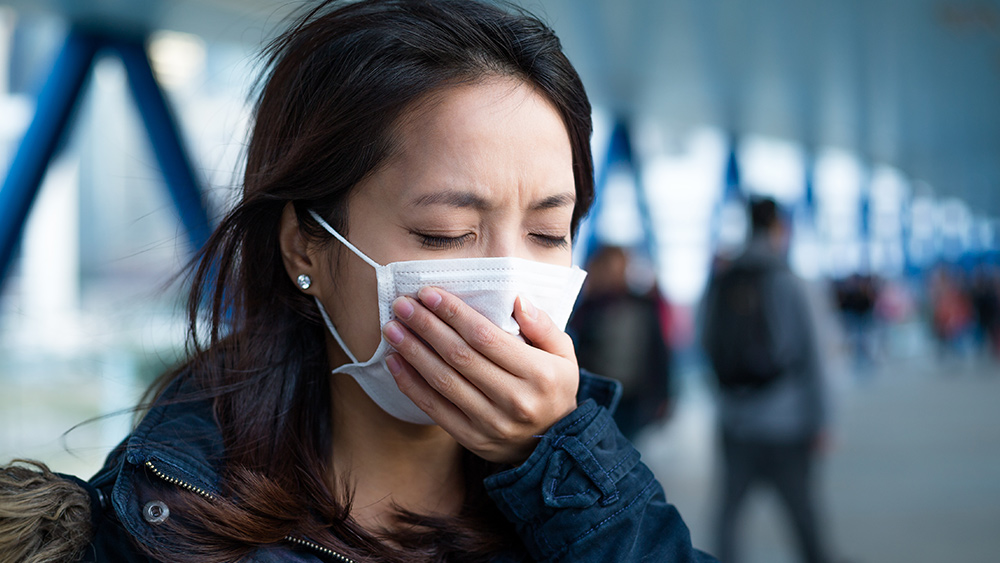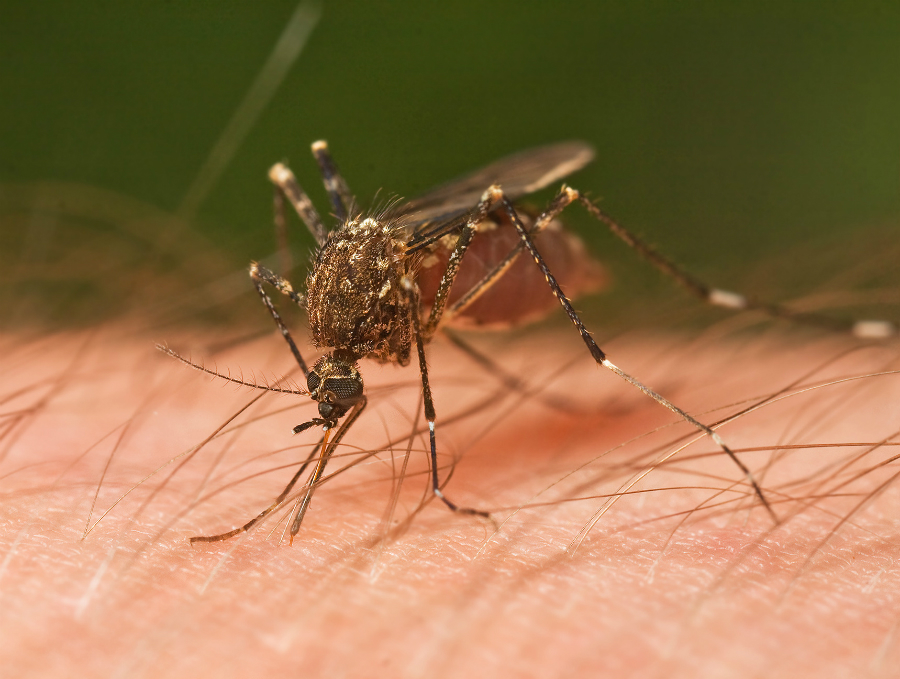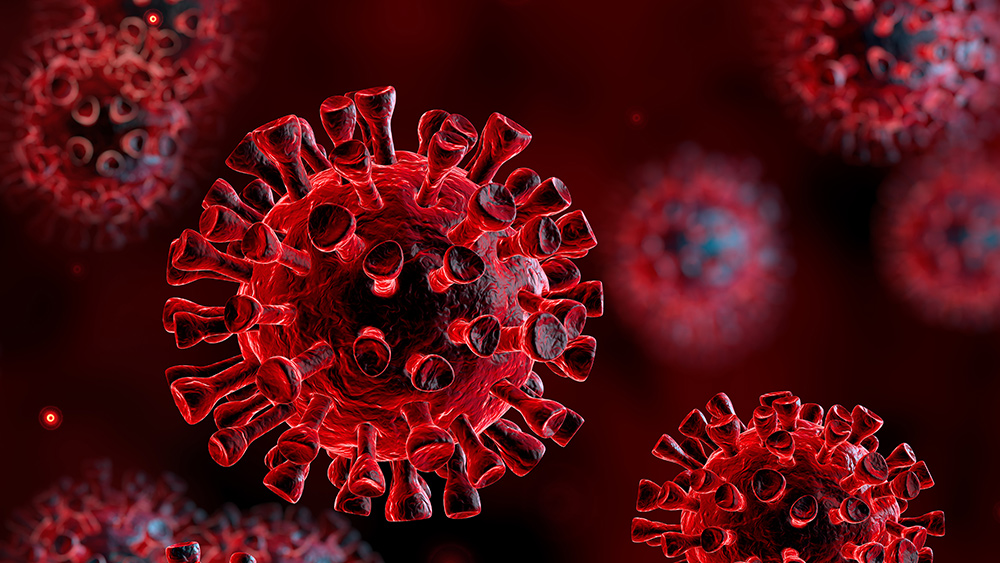Here’s what you need to know about the latest coronavirus outbreak
03/02/2020 / By Evangelyn Rodriguez

Coronaviruses are not new — in fact, they’re some of the most common types of viruses. But what’s new is the coronavirus strain called 2019-nCoV that has been spreading in China, forcing the government to put 18 major cities and nearly 60 million people under lockdown, as of writing. According to the latest reports, the death toll in China has already reached 81, but experts say it will continue to rise. Cases of 2019-nCoV infection have also been reported in other countries, such as Thailand, Japan, South Korea and the United States.
So, what is this new coronavirus?
Fast facts about coronaviruses
Different coronaviruses target different organisms: Some only affect animals, while others can also infect humans. These viruses can evolve and spread from animals to humans, but this is considered a rare occurrence. Researchers think that snakes or bats may have been the source of the outbreak as coronaviruses are very common in animals.
Coronaviruses usually cause mild to moderate upper respiratory tract infections, typically in the form of the common cold. However, these viruses can also cause severe infections, such as pneumonia and bronchitis. The 2019-nCoV is said to cause pneumonia-like symptoms in those infected.
What we know so far
In an article published in The Lancet, a team of Chinese researchers who were allowed to study patients admitted to a hospital in Wuhan, China reported their observations.
Here are the common symptoms manifested by patients at the onset of illness:
- Fever
- Cough
- Myalgia or muscle pain
- Fatigue
Less common symptoms include:
- Sputum production
- Headache
- Coughing up blood
- Diarrhea
- Labored breathing
Complications observed in hospitalized patients include:
- Pneumonia with abnormal findings on chest scans
- Acute respiratory distress syndrome (ARDS), a severe lung condition characterized by too much fluid in the lungs, which lowers oxygen levels in the blood
- RNAemia, or the presence of viral RNA in blood samples
- Acute cardiac injury
- Secondary infection
The researchers also reported that patients who have been sent to the ICU have higher levels of inflammatory and other immune-related markers in their blood than those who weren’t.
Origin of the virus
According to earlier reports, the first victims of 2019-nCoV were people who had visited a local seafood and animal market in Wuhan. This led Chinese officials to believe that the virus originated in animals before it infected humans.
When researchers looked at the gene sequence of the new strain and compared it with that of coronaviruses that infect animals, they found that 2019-nCoV is likely the product of recombination between bat coronavirus and another strain of unknown origin. Their findings also point to the possibility of cross-species transmission from animals to humans, with snakes being the likely viral hosts.
In addition, the researchers proposed a mechanism through which the animal virus was able to infect humans: A change in one of its proteins may have allowed 2019-nCoV to recognize and bind to receptors on human cells. Some experts, however, are not convinced by the findings. (Related: A traveler from China just brought the new Coronavirus to Seattle.)
Mode of transmission
According to the Centers for Disease Control and Prevention, the mode of transmission of 2019-nCoV is still unclear. Despite earlier findings pointing to animal-to-human transmission, recent reports suggest that person-to-person spread is occurring. Here are some ways an infected person can transmit the virus to another person:
- By coughing or sneezing
- Close personal contact
- By touching surfaces and depositing viral particles on them
- Through fecal contamination
How to prevent infection
The 2019-nCoV is a newly identified strain; therefore, very little is known about it, and there is currently no known cure for it. But you can protect yourself and reduce your risk of infection by following these tips:
- Wash your hands often and thoroughly with soap and water
- Avoid touching your face, nose or mouth with unwashed hands
- Avoid physical contact with sick people
- Clean and disinfect objects you touch frequently
- Wear a face mask if you’re going out
Prevention is better than cure. Follow the tips above and keep up with the latest updates so you’d know how best to avoid getting an infection.
Sources include:
Tagged Under: common cold, coronavirus, coronavirus symptoms, how-to, infections, infections diseases, outbreak, pandemic, Pneumonia, prevention, superbugs, tips



















